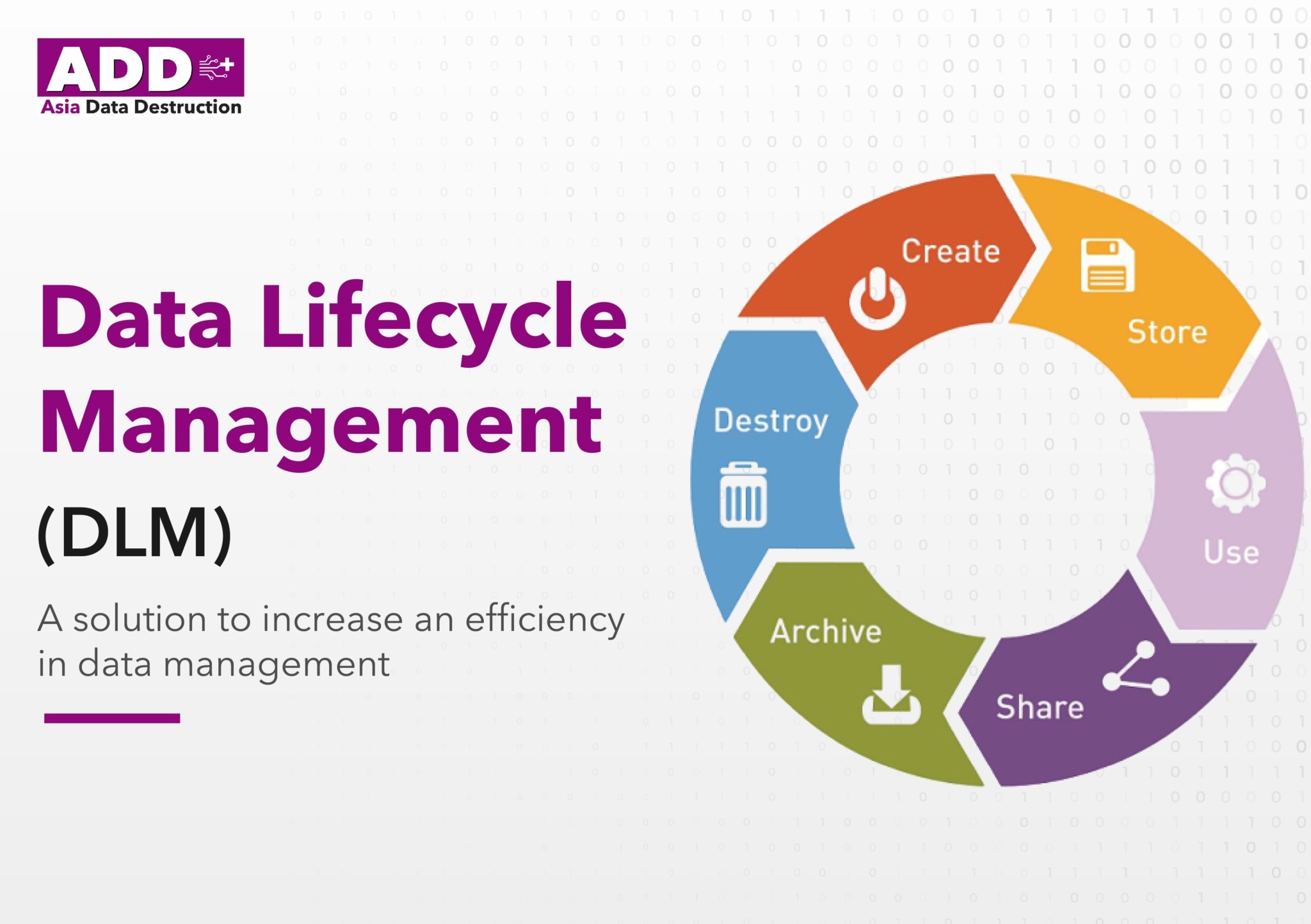In today’s digital era, understanding the cloud service data lifecycle is paramount for businesses seeking to optimize their operations efficiently. Managing the Cloud service data lifecycle involves key stages, benefits, and challenges that can significantly impact data security, accessibility, and overall performance. By delving into the intricacies of this process, organizations can enhance their data management strategies and stay ahead in a rapidly evolving technological landscape.
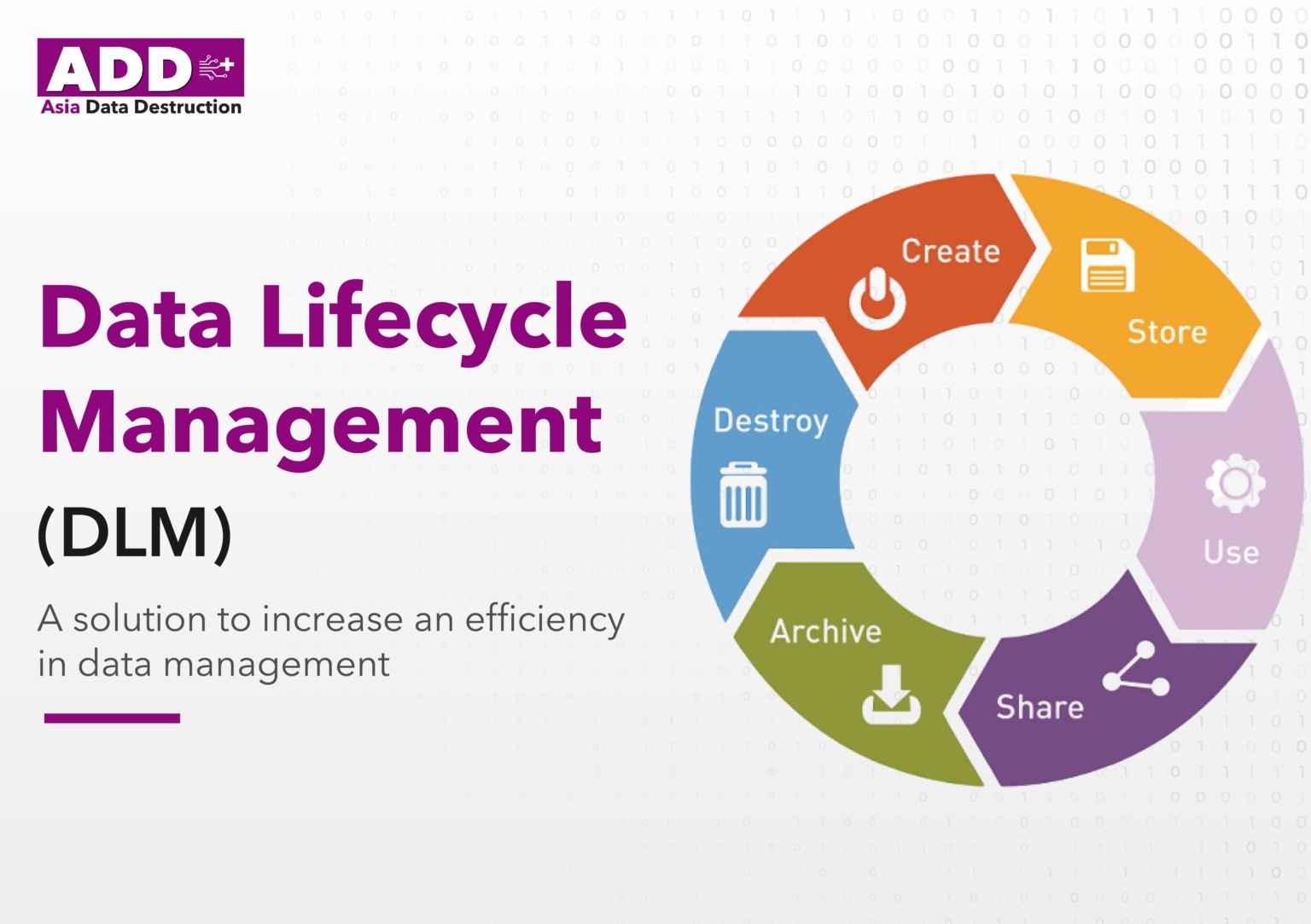
Enhancing Business Value Through Effective Cloud Service Data Lifecycle Management
Improved Data Security and Compliance
Managing the cloud service data lifecycle enables robust security measures, ensuring compliance with industry regulations. By implementing encryption and access controls, organizations can safeguard sensitive data, mitigate risks of breaches, and maintain regulatory standards, boosting trust with stakeholders and customers.
Optimized Data Storage Costs
Efficiently managing the lifecycle helps optimize storage expenses by identifying redundant or obsolete data. By streamlining data retention policies and utilizing automated archival procedures, businesses can reduce unnecessary storage costs, allocate resources effectively, and enhance overall financial efficiency.
Enhanced Data Accessibility and Sharing
Well-managed cloud data lifecycles facilitate seamless data accessibility across departments and teams. Improved data indexing and metadata tagging enable quick retrieval of information, fostering collaboration, decision-making, and operational efficiency. This enhanced accessibility accelerates innovation and productivity within the organization.
Reduced Data Redundancy and Improved Data Quality
Proper management of the data lifecycle minimizes redundancies by eliminating duplicate and outdated information, thereby enhancing data integrity and accuracy. By ensuring a single source of truth, organizations can make informed decisions based on high-quality, reliable data, driving business growth and performance.
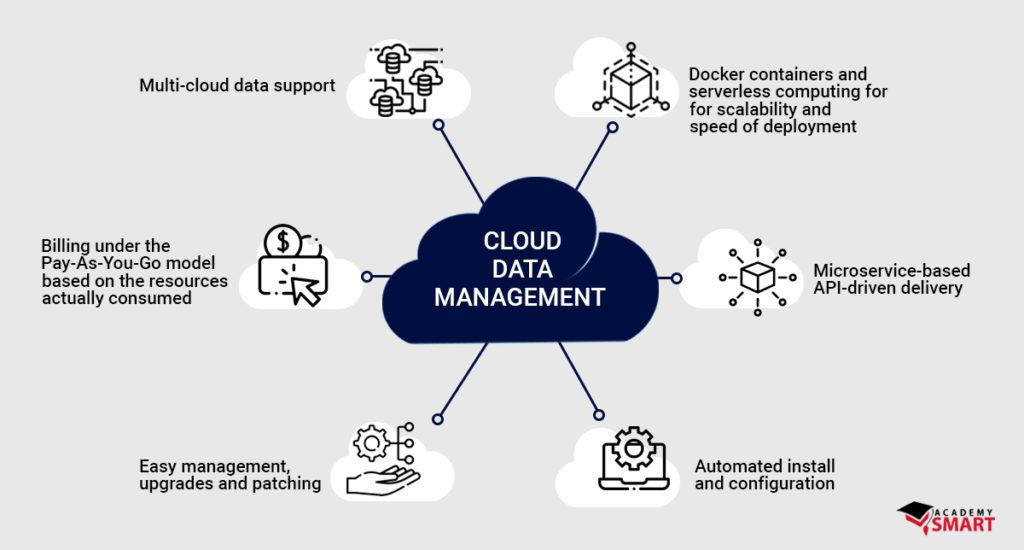
Challenges in Managing the Cloud Service Data Lifecycle
Data Security and Privacy Concerns
Ensuring the security and privacy of data throughout its lifecycle poses a significant challenge. Safeguarding sensitive information from unauthorized access, data breaches, and cyber threats demands robust security measures at every stage. Encryption, access controls, and regular security audits are essential to mitigate risks in Cloud Service Data Lifecycle Management.
Managing Data Across Multiple Cloud Platforms
With data often dispersed across various cloud platforms, maintaining centralized control and visibility becomes complex. Interoperability issues, data migration challenges, and ensuring seamless data flow between platforms require strategic planning and compatibility assessment. Implementing unified management tools can streamline data management across diverse cloud environments.
Ensuring Data Integrity and Consistency
Maintaining data integrity and consistency when handling vast amounts of information in the cloud is a crucial challenge. Data duplication, synchronization errors, and version control issues can compromise data accuracy. Employing data validation processes, implementing data governance frameworks, and conducting regular data quality assessments are vital to ensure integrity throughout the data lifecycle.
Compliance with Data Regulations
Adhering to evolving data regulations and compliance standards presents a constant challenge. Data sovereignty requirements, privacy laws, and industry-specific regulations necessitate meticulous data governance practices. Keeping abreast of regulatory changes, establishing clear data governance policies, and conducting regular compliance audits are essential to meet legal obligations in Cloud Service Data Lifecycle Management.
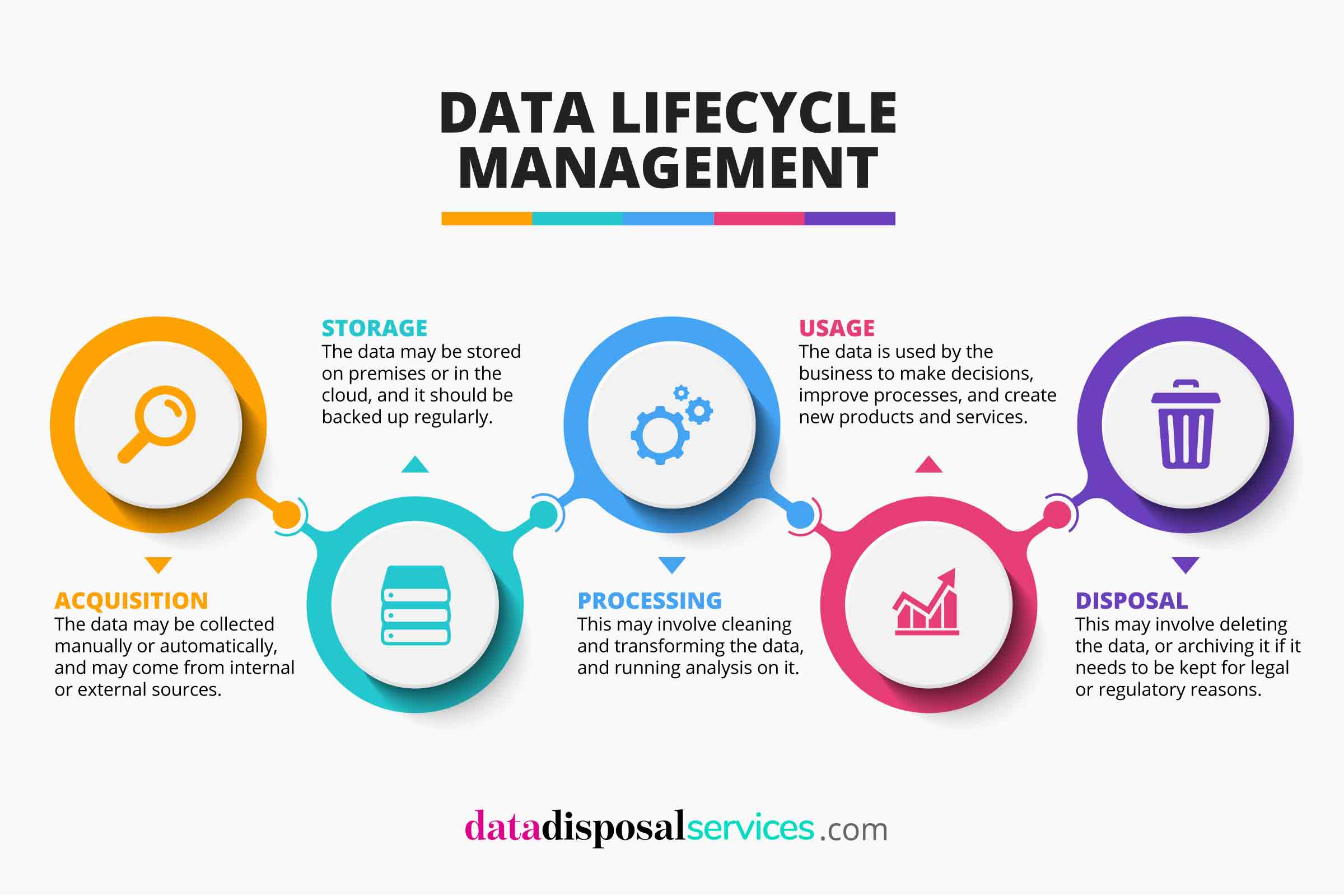
Best Practices for Managing the Cloud Service Data Lifecycle
Implement Data Governance Policies
Implementing robust data governance policies is essential for ensuring compliance, security, and integrity throughout the cloud service data lifecycle. These policies establish guidelines for data handling, access controls, and accountability, promoting transparency and clarity in data management practices while mitigating risks associated with unauthorized access or data breaches.
Use Data Lifecycle Management Tools
Leveraging advanced data lifecycle management tools enhances efficiency and accuracy in managing data across its lifecycle. These tools automate data workflows, facilitate data tracking, and enable seamless data migration, ensuring optimal performance and cost-effectiveness in handling data at different stages like ingestion, processing, storage, and archiving within the cloud environment.
Regularly Review and Update Data Retention Periods
Regularly reviewing and updating data retention periods is crucial to maintain compliance with regulatory requirements and operational needs. By periodically assessing and adjusting retention policies based on changing business demands and legal obligations, organizations can optimize storage costs, reduce data redundancy, and ensure timely deletion of unnecessary or outdated data.
Train Employees on Data Security and Privacy Best Practices
Providing comprehensive training to employees on data security and privacy best practices is fundamental for safeguarding sensitive information throughout the cloud service data lifecycle. Educating staff on data handling protocols, security protocols, and privacy regulations empowers them to recognize potential threats, adhere to security standards, and contribute to maintaining a secure data environment.
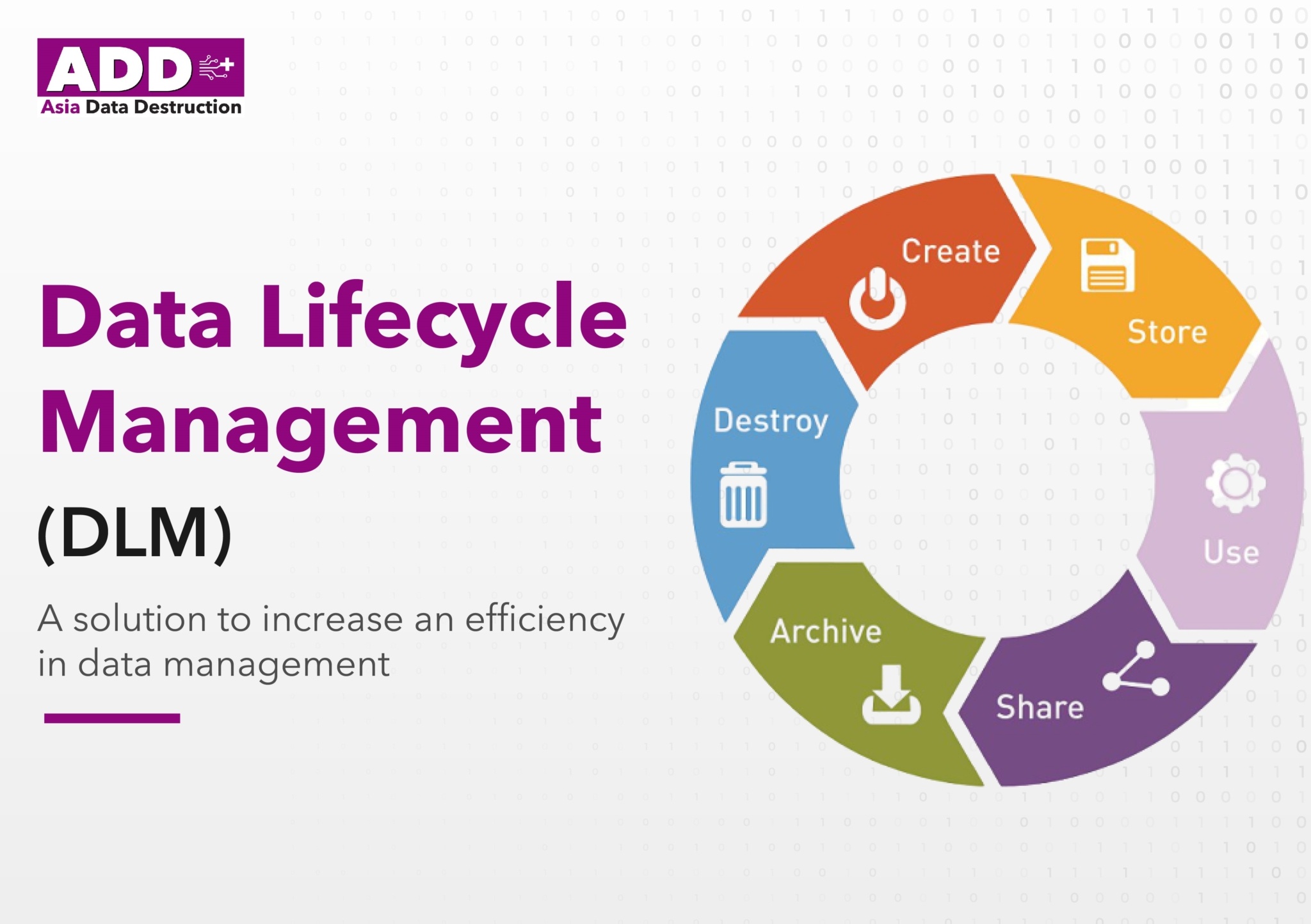
Case Studies of Effective Cloud Service Data Lifecycle Management
Example 1: Company X’s Enhanced Data Security Strategy
Company X exemplifies how strategic implementation of cloud service data lifecycle management boosted data security significantly. By embracing a holistic approach to data management, including data encryption, access controls, and regular audits, Company X fortified its data against potential breaches. This proactive stance on security showcases the critical role of data lifecycle management in safeguarding sensitive information.
Example 2: Company Y’s Cost-Efficient Data Storage Tactics
Company Y navigated the challenge of escalating data storage costs by optimizing its cloud service data lifecycle policies. Through data categorization, archiving redundant data, and setting data retention schedules, Company Y streamlined its storage infrastructure. This efficiency not only reduced operational expenses but also enhanced data accessibility and retrieval speed, demonstrating the financial benefits of robust data lifecycle management practices.
